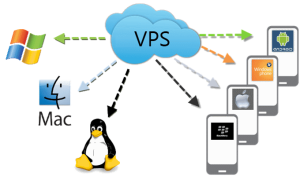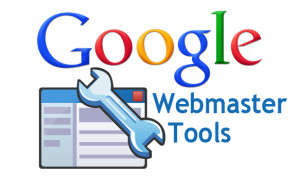 If you run a website or blog, do SEO for a living or design websites, then you are a ‘web entrepreneur’. That makes you a particular kind of person and we can thus infer a few things about the way you probably live your life. Chances are that you travel a fair amount while you work, you are probably self-employed and you probably have at least some interest in gadgets and technology.
If you run a website or blog, do SEO for a living or design websites, then you are a ‘web entrepreneur’. That makes you a particular kind of person and we can thus infer a few things about the way you probably live your life. Chances are that you travel a fair amount while you work, you are probably self-employed and you probably have at least some interest in gadgets and technology.
As such, you are probably the kind of person that Microsoft is targeting with their Surface Pro line of products and you should probably be interested in the recent news of Surface Pro 2 which is now just around the corner. Unveiled at the recent ‘Surface Event’, the Pro 2 aims to be everything that a tech entrepreneur could possibly need and it would seem they might just be correct. Read on to find out why…
What is the Surface?
The Surface Pro 2 is of course the natural evolution of the Surface Pro. This is a tablet ‘slate’ device that runs full Windows using 4 Gigabytes of RAM and an Intel i5 processor. In short, whereas the iPad is essentially a big smartphone, this is more of a compact PC and can do anything that you would normally use a PC for.
In keeping with this aim, the Surface Pro also came with a kickstand built in and a set of attachable cover accessories with built-in keyboards for inputting text quickly. Combine this with the pressure sensitive Wacom stylus and you have a device that’s highly productive but also convenient to hold in one hand when you just want to read the news, when you want to show a client your web design, or when you’re carrying it to the coffee shop under one arm.
Pros of Pro 2

But the Surface Pro in its original form was not for everyone. Why? Well one big issue was the battery life which was only around four hours – low for an ultrabook and really low for a tablet. Another was the kickstand and cover. While these were great features they were lacking when you came to use the device on your lap on the bus, or when you had to rest it on a table much lower than yourself.
The Pro 2 however should address both these issues. The new Haswell processor that is being used will not only greatly improve performance (by 20% reportedly), but will also give the device 75% more battery life (around 7 hours). Throw in a ‘power cover’ and that goes up to around 14 hours.
Meanwhile the Kickstand has been improved to now support two separate viewing angles. This way you can comfortably rest the tablet on your lap and type or on a low down table. Throw in better performance all around and a more colour-accurate screen with better glare resistance and you have a device that’s ideal for those of us who like to work on the go, and who like the sounds of drawing our designs onto the screen with our device on our laps.
Today’s featured writer, Brady Fisher, works at 7 Strategy, a company that offers comprehensive SEO services. He owns a fantastic toolkit and uses it to do restoration work in his spare time.


 Hosting a webinar is a great way for Managed Service Providers (MSP) to generate interest in their business. Webinars are an effective marketing tool for bringing in new clients or selling and promoting additional products and services to clients. Webinars as a sales technique is simple and efficient. It offers free, helpful information to companies and provides business owners with the opportunity to ask valuable questions. How does a MSP successfully create a revenue-generating webinar?
Hosting a webinar is a great way for Managed Service Providers (MSP) to generate interest in their business. Webinars are an effective marketing tool for bringing in new clients or selling and promoting additional products and services to clients. Webinars as a sales technique is simple and efficient. It offers free, helpful information to companies and provides business owners with the opportunity to ask valuable questions. How does a MSP successfully create a revenue-generating webinar?